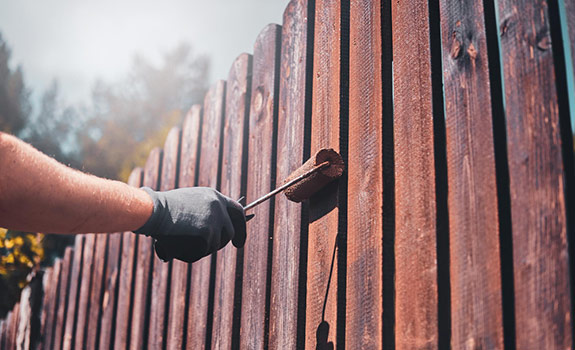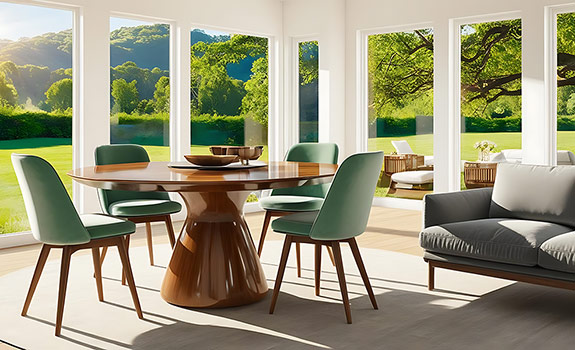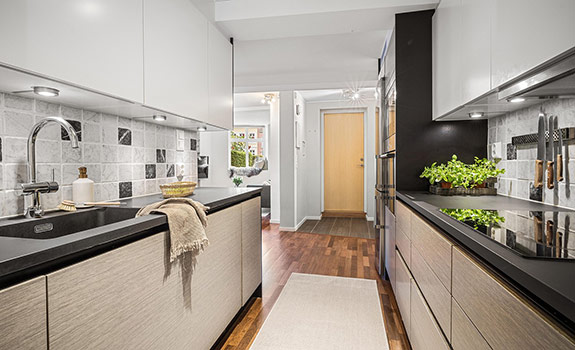Your tile choices are one interior design decision you don’t want to get wrong.
Not only are they difficult and time consuming to change once laid, but they can also be a significant financial investment. However, with so many tile options to choose from on the market, it’s easy to make the wrong choice.
If you’re trying to choose the right tiles for your home but feeling a little overwhelmed, here are a few tips that will help you work through the selection process and nail your tile choices, the first time.
Photo by Peter Larsen on Unsplash
Only look at tiles suitable for the type of space
One single tile won’t work in every space, so it’s important to first pay some thought to where the tiles will be used. While most tile suppliers make it easy by dividing their range according to purpose, it helps if you know what to look for.
Here’s a quick run-down on the main tile options you’ll generally have to choose from:
- Ceramic tiles – generally a good all-rounder as they’re durable, easy to clean and install and don’t cost a fortune.
- Porcelain tiles – great if you want a low-maintenance natural yet elegant finish, but they will require an adhesive to install.
- Glass tiles – a great stain resistant option, however they are prone to chips and cracks.
- Cement tiles – last for years and can be easily restored to their original condition, however installation can be intensive and they need to be resealed regularly.
- Marble tiles – an elegant choice, however they don’t come cheap. They can also be prone to scratches and stains.
Think beyond the price tag alone
Affordability is always an important factor, but especially if you’re working to a tight budget. Rather than focusing on the cost of the tile alone, it’s important to consider the total cost including installation.
Depending where you’re located in the United States, you can generally expect to pay somewhere between $4 and $14 per square foot for installation, so costs can quickly add up.
If you want to save on installation costs, you’re generally best avoiding intricate designs which are time intensive to lay. Many detailed patterns now come in pre-fabricated formats which make them easier to lay and grout, but it can still be more time consuming than laying a simple, large format tile.
Take the time to think through your style choices
It’s important to not only consider the style of a tile, but also how practical it is and how it will work with the interior design style of the home. In the same way that heavy-duty large format floor tiles won’t look great on a kitchen splash back, delicate patterned feature tiles may not be functional as a living area floor tile.
Do you want something that’s ultra on-trend or would you prefer something more subtle and timeless that will still look good in 10 years? Will they be easy to clean or will they require a large amount grout which will require more regular intensive cleaning?
The trick here is not to rush into your style choices and really think through how it will work both aesthetically and functionally.
Consider how easy they are to source
You may also have the option between imported and locally-sourced tiles.
If you’re in the United States and have found some beautiful Australian tiles, before you place your order, make sure you check factors like the delivery lead time and whether it will fit in with your renovation schedule.
It’s also important to consider how easy or difficult it might be to source more of the same tile in the future if you need to replace any damaged tiles or decide you want to match tiles in other areas of the home. Sometimes it might be more beneficial to opt for a local supplier.
Published in: Home advice | Author: Zaroon







